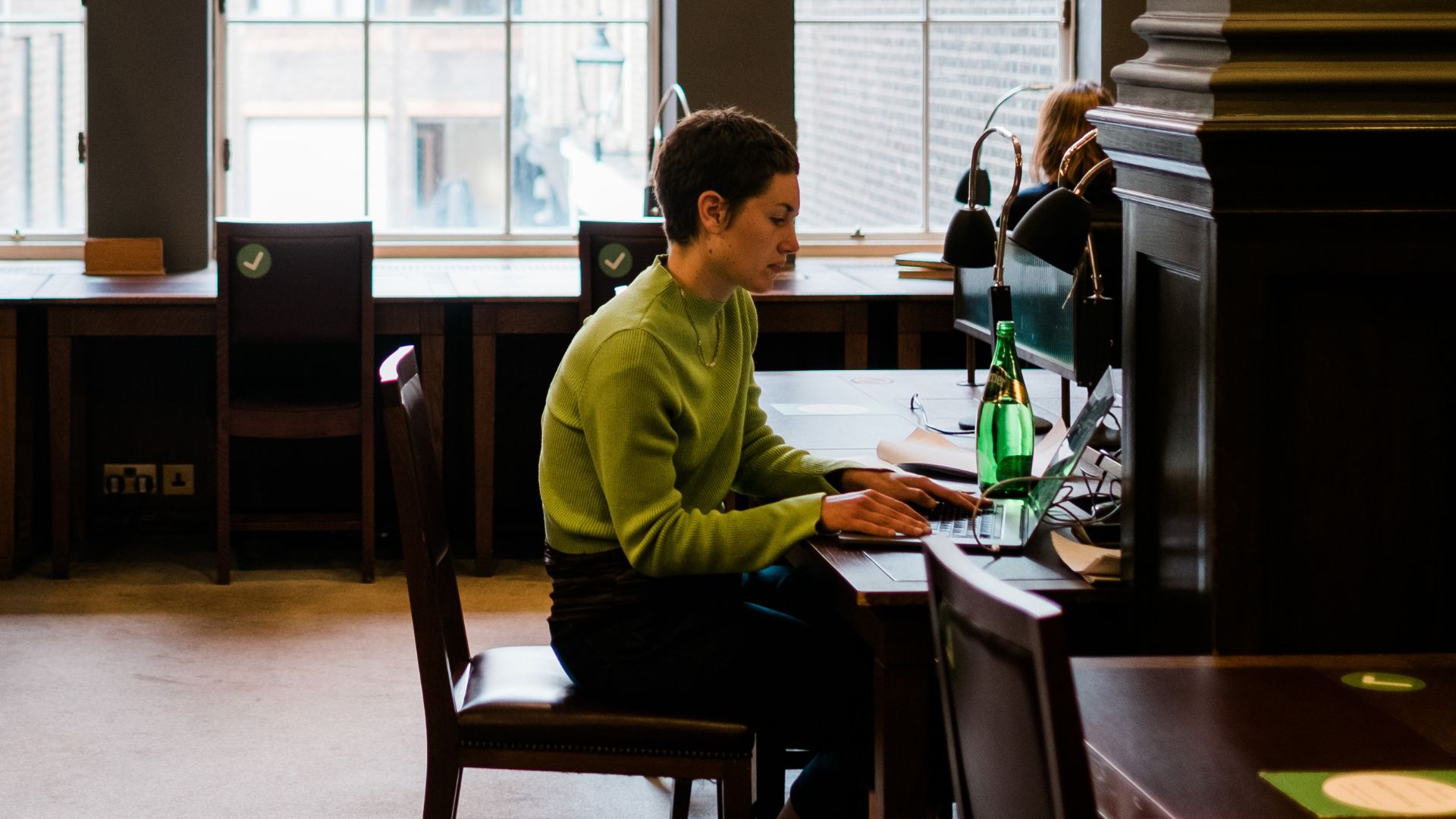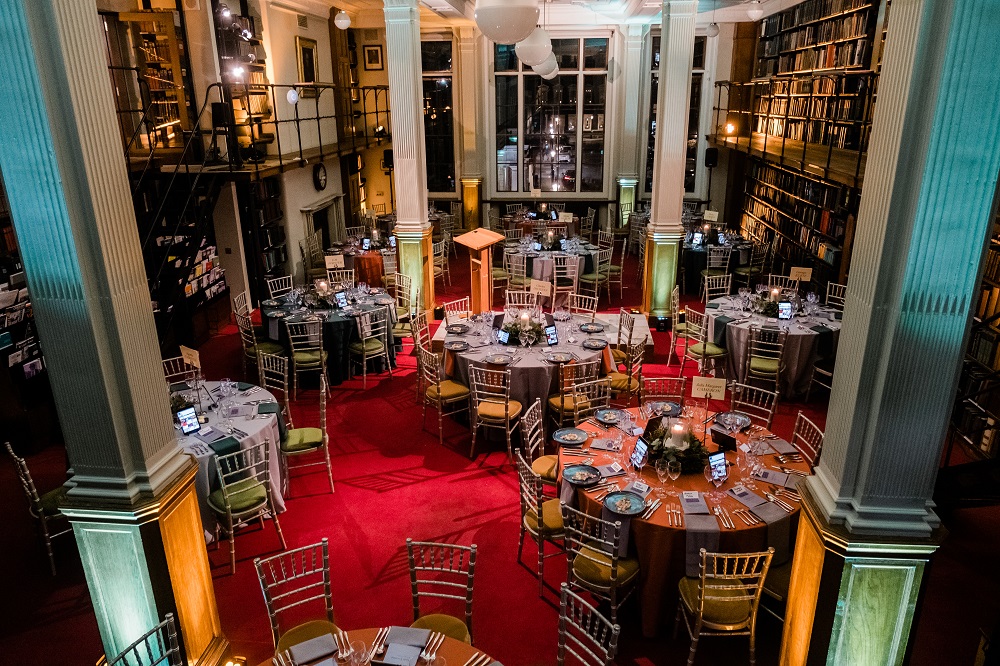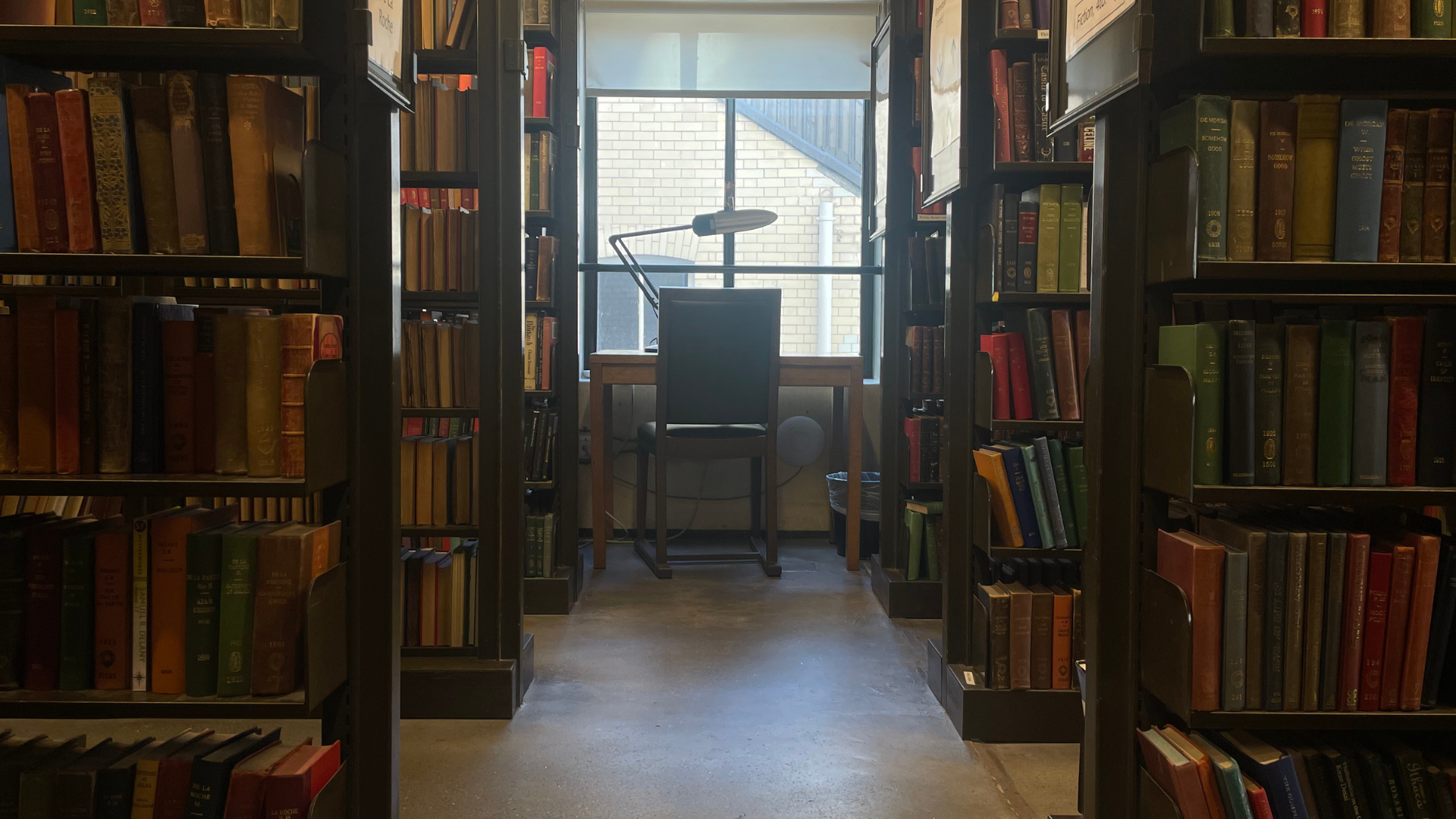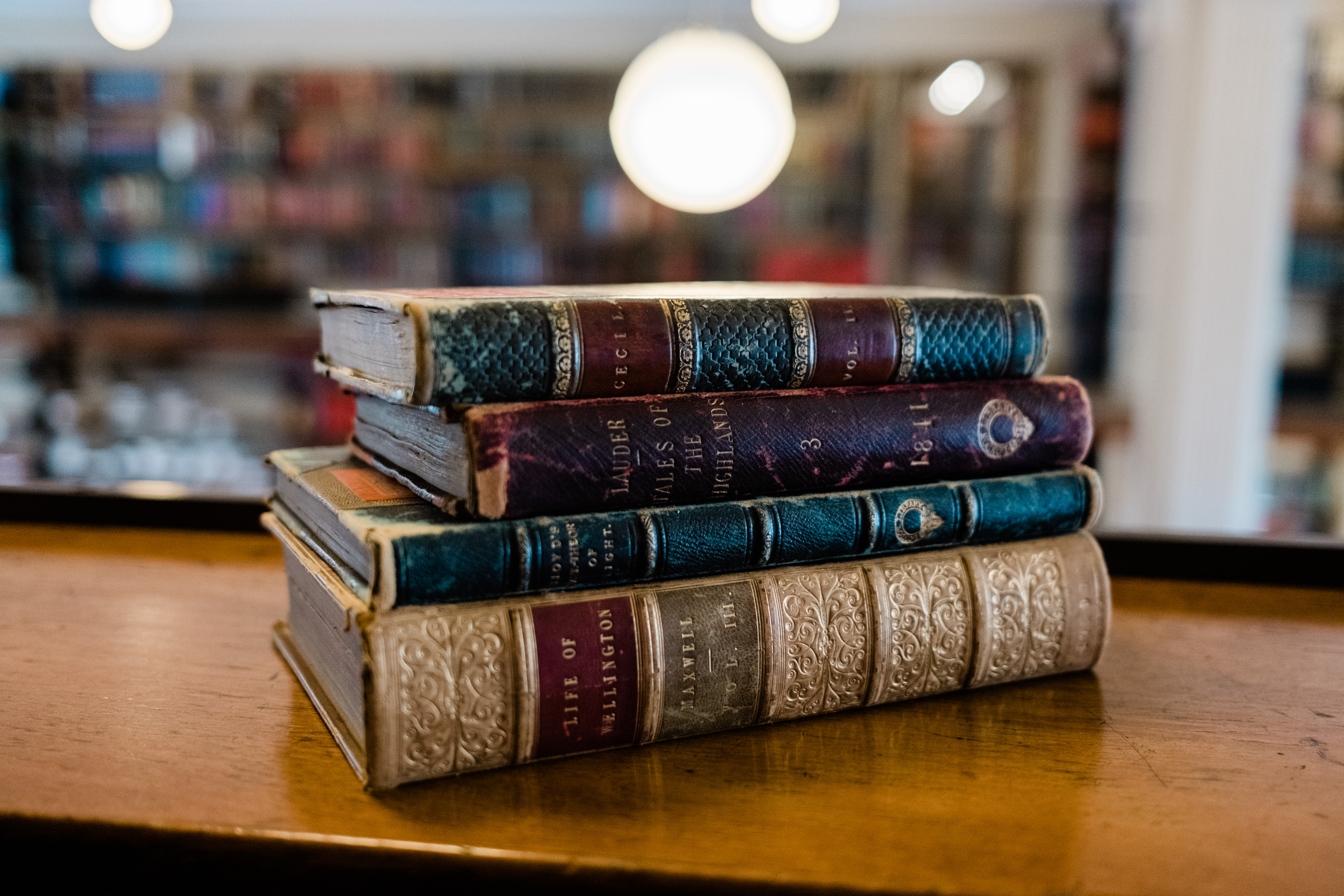Helen O’Neill, Head of Reader Services, is about to spend a year examining the Library’s archive, including its remarkable membership records tracing 171 years in the literary life of the nation. Who and what will she find? She’s going to tell us on The London Library Blog.
In this first instalment, coinciding with the BBC’s adaptation of Parade’s End (screenplay written by our President, Tom Stoppard) we catch an archival glimpse of Ford Madox Ford and some of his illustrious London Library contemporaries.
At the end of the month I will be away from my post as Head of Reader Services for a year while I undertake a masters of research degree at UCL on the Library’s institutional archive. Over the course of the year I will be sharing with you research findings which extend our understanding about the Library’s relationship to the literary life of the nation. To get the ball rolling I am going to jump into the world ofParade’s End and show you in four archival documents why the archive so richly deserves focused research attention. The joining forms of Ford Madox Ford (1873-1939), T.S. Eliot (1888-1965), Siegfried Sassoon (1886-1967) and Violet Hunt (1862-1942) are in turn arresting, illuminating and intensely moving, and for what are basic administrative records they are also credibly rich in detail.
So let’s do this in date order. All three men joined the Library in their thirties. Ford, or more exactly F.M. Hueffer, is first through the door in 1907 and the date I think is significant. The following year he foundedThe English Review which ushered in the writers that would dominate modern 20th century literature, and number 84 Holland Park became open house to an extraordinary number of them. The date on the document allows us to pinpoint exactly where Ford is in his literary, as well as his personal life. He published three books in 1907, includingThe Spirit of the People: An Analysis of the English Mind, all still available on the Library’s shelves.
The 30 year old Eliot is up next. He joins in 1918, a year afterPrufrock; four before The Waste Land. Eliot provided a list of sources forThe Waste Land in The Criterion and we are currently investigating how many of them were available on the Library’s shelves in 1918. This document captures Eliot still at Lloyd’s bank before his move to Faber & Faber.
In the same year as The Waste Land appeared in The Criterion (1922) Siegfried Sassoon arrived in the Issue Hall, and it is difficult not to be moved by his joining form. The word “none” never fails to register. A single word that could signify defiance, honesty or a complete shift in meaning attached to notions of “position” and “occupation” brought about by the First World War. It is such a powerful word in fact, that it is possible to miss the second signature on the form. It was E.M. Forster who introduced Sassoon to the Library.
If you have been captivated by Sylvia Tietjens and the complex sexual politics at play in Ford’s Parade’s End, you’ll understand why the joining form of the writer, literary hostess and socialite Violet Hunt is so meaningful in this thematic archival slice. In the 1890’s Violet was what was referred to as a “New Woman” or as D.H. Lawrence put it, in admiration, “a real assassin”. A successful novelist in her own right, Violet founded the Women Writers’ Suffrage League; was in at the outset of The English Review (she appeared in its first issue); and embarked on a long, complicated, messy relationship with Ford just after The Review set out its stall. It was a relationship that had enormous repercussions for them both. Violet’s identity as “Mrs F. Madox Hueffer” (still evident in the Library’s printed catalogue from 1920 onwards), had no legal basis and was challenged successfully and publicly through the courts by Hueffer’s first (and very un-divorced) wife Elsie. Just look at Hunt’s use of the double apostrophe on her form in 1916. A story entire, told in punctuation marks.
The Library’s remarkably intact membership records, which date from 1841, are not only a record of the writers and thinkers who have used, enriched and shaped the Library, they are documents which reflect the nation’s literary heritage. Showing the intersection of world events and social change with the personal biographies and intellectual endeavour of some of the most significant (and some of the most forgotten) writers in the English language, they reveal a host of literary and intellectual connections in the process. When the Library’s archival material is viewed within the wider Library collections things really start to spark and fly. The English Review and The Criterion, for instance, grace the periodical shelves in the Basement, and as the Library has never weeded or judged its collections on the grounds of popularity, fashion or taste, the works of Ford, Eliot, Sassoon and Hunt are to be found on the Library’s shelves, amassed from the point of publication. The subtitle of Violet’s novel Of Human Interest – A Study in Incompatibilities (1899) could be strikingly good shorthand for the push and pull of Christopher and Sylvia’s relationship in Parade’s End.
What is happening on Friday evenings at 9pm on BBC2 demonstrates a very simple literary truth and it is this: good books never become obsolete, they simply bide their time and wait for their moment. That the baton of this particular literary relay race was picked up and taken across the primetime finishing line by the Library’s current President, 105 years after Ford first crossed the threshold, is particularly poignant when you look at the library through a long-angled lens; and archival documents have provided the key to unlocking that story.
Before the last installment of Parade’s End, you might like to read the poems To Any Dead Officer by Siegfried Sassoon, and Antwerp by Ford Madox Ford.
© Helen O’Neill



















